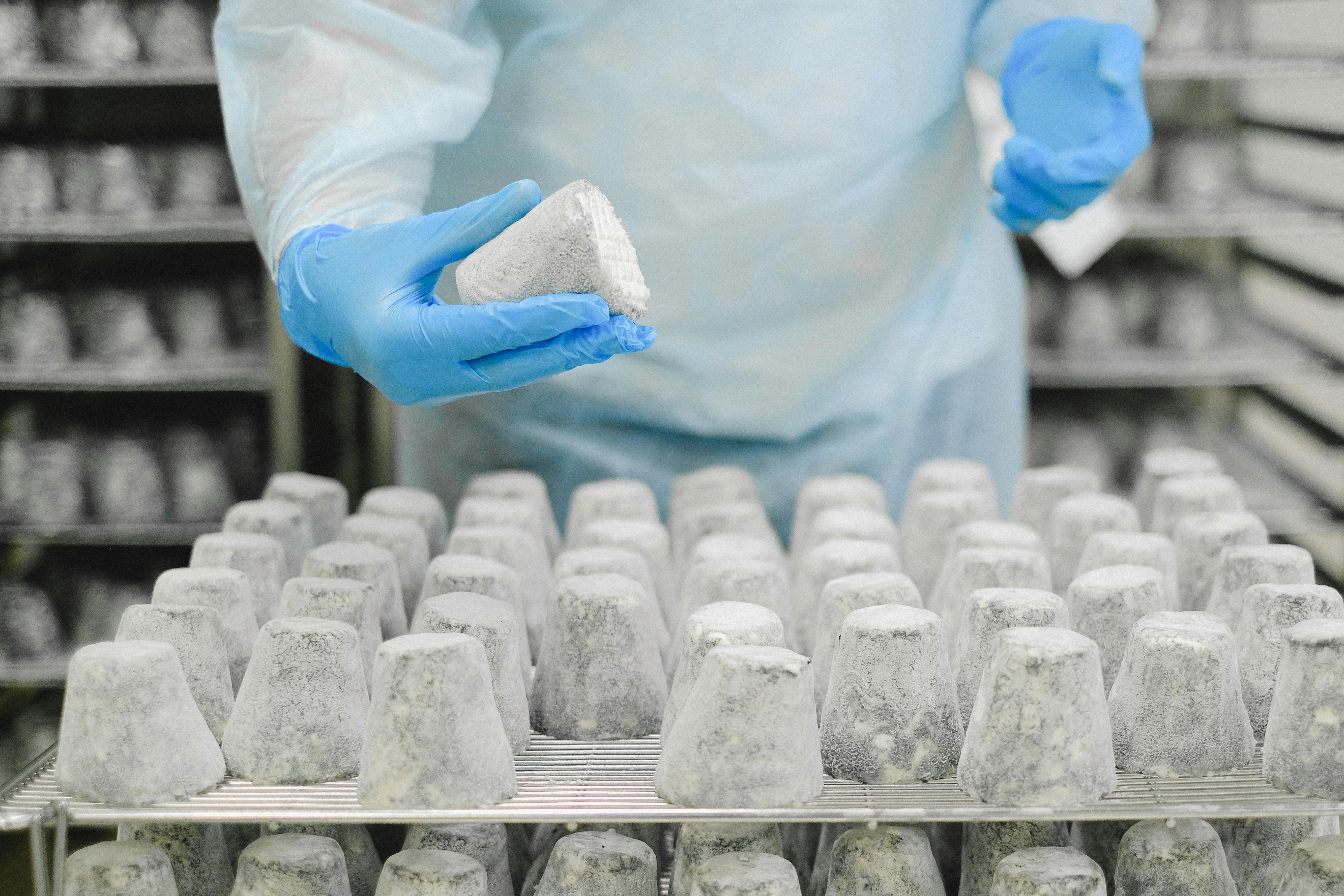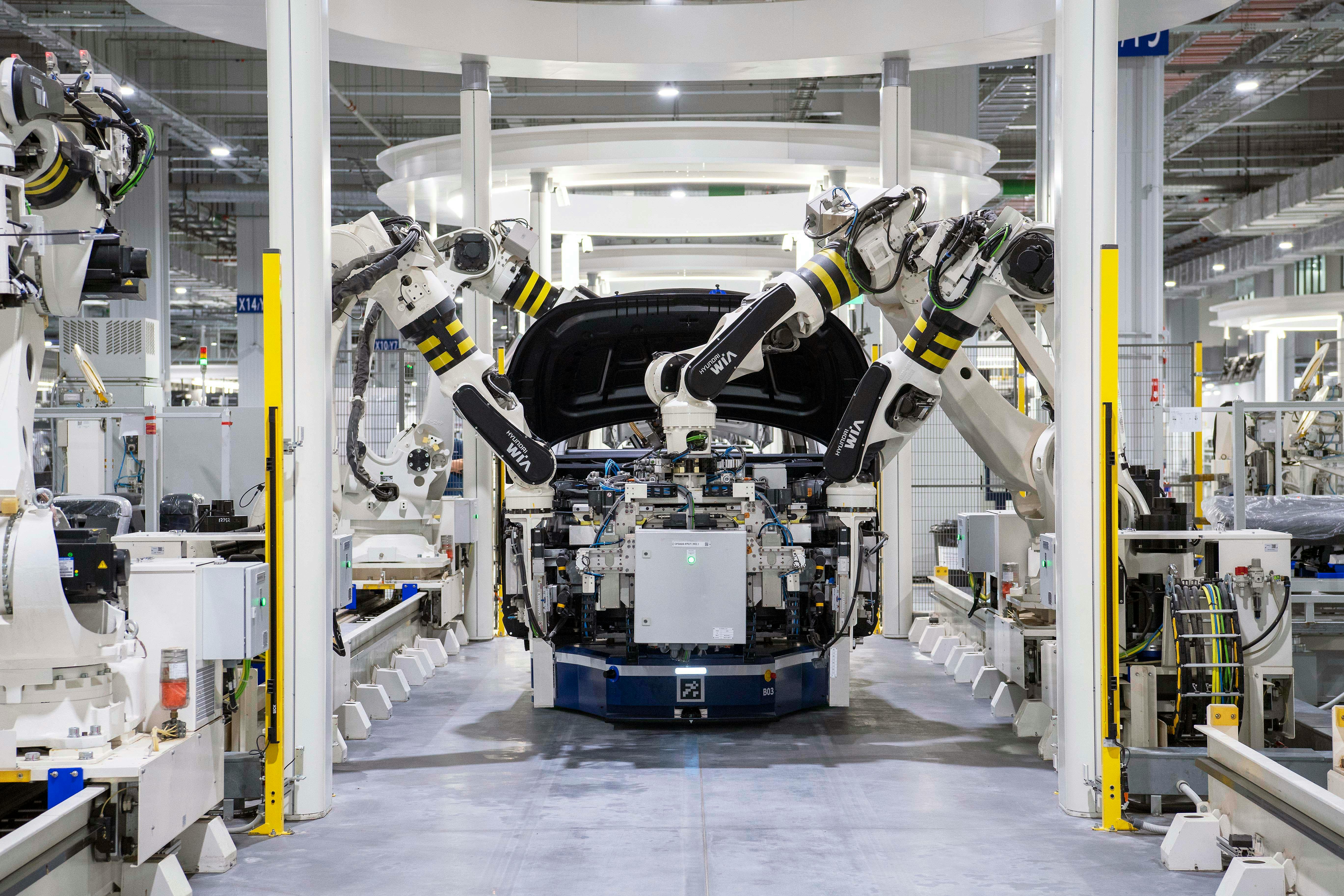Self-Attention
Discover the power of self-attention in AI, revolutionizing NLP, computer vision, and speech recognition with context-aware precision.
Self-attention is a mechanism that enables a model to weigh the importance of different elements within a single input sequence. Instead of treating every part of the input equally, it allows the model to selectively focus on the most relevant parts when processing a specific element. This capability is crucial for understanding context, long-range dependencies, and relationships within data, forming the bedrock of many modern Artificial Intelligence (AI) architectures, particularly the Transformer. It was famously introduced in the seminal paper "Attention Is All You Need", which revolutionized the field of Natural Language Processing (NLP).
How Self-Attention Works
At its core, self-attention operates by assigning an "attention score" to every other element in the input sequence relative to the element currently being processed. This is achieved by creating three vectors for each input element: a Query (Q), a Key (K), and a Value (V).
- Query: Represents the current element that is "looking for" context.
- Key: Represents all elements in the sequence that the Query can be compared against to find relevant information.
- Value: Represents the actual content of each element, which will be aggregated based on the attention scores.
For a given Query, the mechanism calculates its similarity with all Keys in the sequence. These similarity scores are then converted into weights (often using a softmax function), which determine how much focus should be placed on each element's Value. The final output for the Query is a weighted sum of all Values, creating a new representation of that element enriched with context from the entire sequence. This process is a key part of how Large Language Models (LLMs) operate. An excellent visual explanation of this Q-K-V process can be found on resources like Jay Alammar's blog.
Self-Attention vs. Attention Mechanism
Self-attention is a specific type of attention mechanism. The key distinction is the source of the Query, Key, and Value vectors.
- Self-Attention: All three vectors (Q, K, V) are derived from the same input sequence. This allows a model to analyze the internal relationships within a single sentence or image.
- General Attention (or Cross-Attention): The Query vector might come from one sequence while the Key and Value vectors come from another. This is common in sequence-to-sequence tasks like machine translation, where the decoder (generating the translated text) pays attention to the encoder's representation of the source text.
Applications in AI and Computer Vision
While first popularized in NLP for tasks like text summarization and translation, self-attention has proven highly effective in computer vision (CV) as well.
- Natural Language Processing: In a sentence like "The robot picked up the wrench because it was heavy," self-attention allows the model to correctly associate "it" with "wrench" rather than "robot." This understanding is fundamental for models like BERT and GPT-4.
- Computer Vision: The Vision Transformer (ViT) model applies self-attention to patches of an image, enabling it to learn relationships between different parts of the visual scene for tasks like image classification. Some object detection models also incorporate attention-based modules to refine feature maps and improve accuracy. While some models like YOLO12 use attention, we recommend the robust and efficient Ultralytics YOLO11 for most use cases.
Future Directions
Research continues to refine self-attention mechanisms, aiming for greater computational efficiency (e.g., methods like FlashAttention and sparse attention variants) and broader applicability. As AI models grow in complexity, self-attention is expected to remain a cornerstone technology, driving progress in areas from specialized AI applications like robotics to the pursuit of Artificial General Intelligence (AGI). Tools and platforms like Ultralytics HUB facilitate the training and deployment of models incorporating these advanced techniques, often available via repositories like Hugging Face and developed with frameworks such as PyTorch and TensorFlow.








.webp)